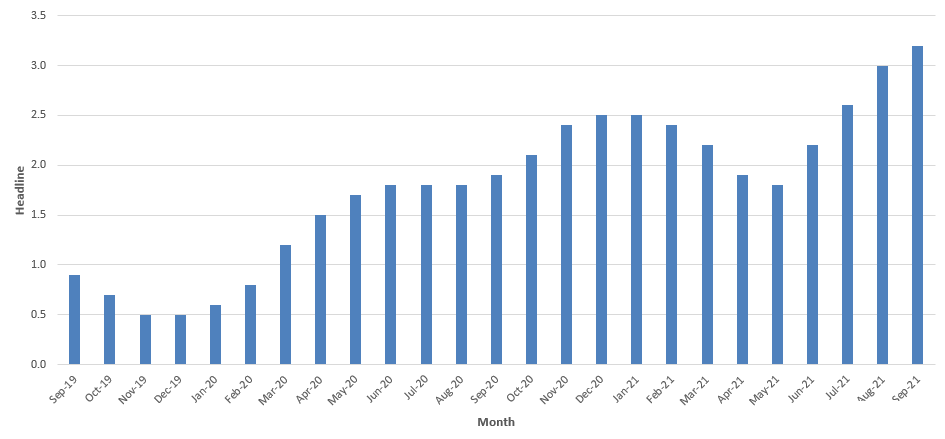Markets solidified gains as investors turned bullishE
Share


Global markets closed mostly in positive territory last week bolstered by German Chancellor Angela Merkel’s comment that Germany is committed to maintain the Euro. She supported the European Central Bank (ECB) President Mario Draghi’s proposal for the ECB to resume buying government bonds in the secondary market for countries that agree to tap the Eurozone rescue fund and accept stern conditions on fiscal policy. Moreover, Germany’s Gross domestic product rose by 0.3% from the first quarter. Economists had predicted a 0.2% increase. France avoided a contraction as GDP remained flat in Q2. However, the Euro-area economy as a whole shrank by 0.2% in Q2 in line with forecast. UK’s FTSE 100 rose by 0.1%, while Germany’s DAX Index gained 1.4%. France’s CAC 40 inched 1.5% higher. The S&P 500 Index completed its sixth consecutive week of gains last week. US consumer sentiment rose to a multiyear high, in line with Bloombergrecent stronger than expected retail sales and positive jobless claims data. Shares of Cisco Systems gained 8.7% over the week as the company reported a fiscal fourth-quarter profit of $1.92 billion compared with a profit of $1.23 billion for the year-earlier period. It raised its quarterly dividend by 75% to 14 cents per share. Further, US building permits jumped in July to a four-year peak. Facebook has lost almost 50% of its market capitalisation in the first 90 days since its listing. Shares of the company lost 13% to close the week at $19.05. However, shares of Apple closed at a renewed high of $648.11. Asian stocks posted gains for a third week. China Premier Wen Jiabao claimed on August 15 that there is growing room for monetary policy operation after a release from the Ministry of Commerce showed a drop of 8.7% in China’s foreign direct investment to $7.58 billion. Japan’s Nikkei 225 Stock Average advanced by 3.1% and Australia’s S&P/ASX 200 Index rose by 2.2% last week.


Gold Futures lost some of its shine in a seesaw trading session last week. The World Gold Council (WGC) report released last Thursday showed a 7% drop in demand for Q2 on lower Indian and Chinese demand. Gold imports by India fell by 56% in the second quarter driven by a sharp fall in jewellery and investment demand. Furthermore, the US dollar advanced versus most of its major counterparts as upbeat US economic data continue to diminish the case for further policy action. US consumer confidence unexpectedly improved and leading indicators for July increased by 0.4%, which was better than the 0.2% reading widely forecasted. The correlation between the US dollar and gold is depicted in the graph.

GBOT WTI Crude Oil Futures finished the week on a higher tone hitting the $96/bbl level as geopolitical worries in the Middle East region drove oil prices higher. The Middle East region held 79% of proved reserves as of 2011, according to BP Plc’s Statistical Review of World Energy, released in June. Further, the weekly US Energy Information Administration report showed a steep decline in crude supplies. Oil inventories fell by 3.7 million barrels to 366.2 million barrels, the lowest level since April 6. Sugar Futures fell to 20.18 cents a pound last Friday.
Graph – Dollar Index & Gold weekly price movements


GBOT EUR/USD Futures managed to hit the $1.23 level last week buoyed by growing expectations that European leaders will move to save the Euro. European Economic and Monetary Affairs Commissioner Olli Rehn also signalled that the Spain’s government is movementsconsidering a request for a sovereign bailout. Italy sold €8 billion worth of one-year bills on August 13 which garnered strong demand. The Treasury department sold the bills at 2.767%, up from 2.697% at the last sale of similar- maturity debt on July 12.

GBOT GBP/USD Futures rose above the $1.57 level as minutes from the August 1-2 Bank of England policy meeting showed that all the nine members of the Bank’s Monetary Policy Committee voted to keep the main UK rate at 0.5% and the asset purchase programme total at £375bn. In addition, UK’s labour market data showed that 201,000 jobs were created in the three months to the end of June. The unemployment rate dipped to 8% from 8.1%.

















